This was originally posted on the Oculus blog for International Women’s day in March 2019.
At 17, I applied for my first ever tech job with the words “jack of all trades” at the top of my resume. I figured this was a good thing; it meant I was flexible and good at everything I did. Employers, unsurprisingly, saw it as a mark of aimlessness, and a career adviser told me to pick one thing and focus on it.
I chose my greatest love, programming, and in the fullness of time I got pretty decent at it. But I wanted more: to invent, craft systems, write, illustrate and design graphics. So after 10 years as a coder, I quit and went indie.
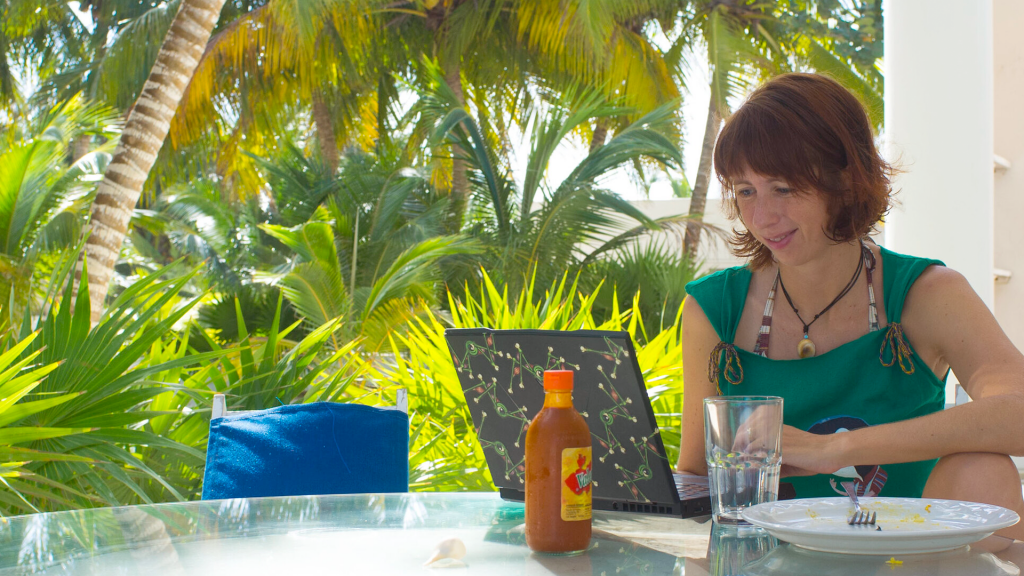
My husband Colin and I spent 5 years traveling the world and making our own small independent games. My first game Rebuild was hugely successful, and solo: I’d done all the design, writing, code, and art myself. It was a flat 2d game of course, because I wouldn’t touch 3d models with a 10 foot pole. I’d taken stabs at all the software – 3DS Max, Maya, Blender, ZBrush – and bounced off each one. I couldn’t get my head around the camera angles; I’d wreck things in the Z axis while working in the X and Y. Watching professionals, I felt I’d need years just to memorize all the hotkeys required to use those tools effectively. I swore I’d never make a 3d game.
Until… VR.
Tilt Brush to be exact. I tried a private demo, waving my arms around to paint great huge solid lines of light. I was completely taken by the medium. My husband was too, and we immediately switched gears and teamed up with Radial Games to write Fantastic Contraption VR, a puzzle game where you grab and snap tinker-toy-like pieces together to make lifesized vehicles. It used those same large arm movements we found so neat in Tilt Brush.
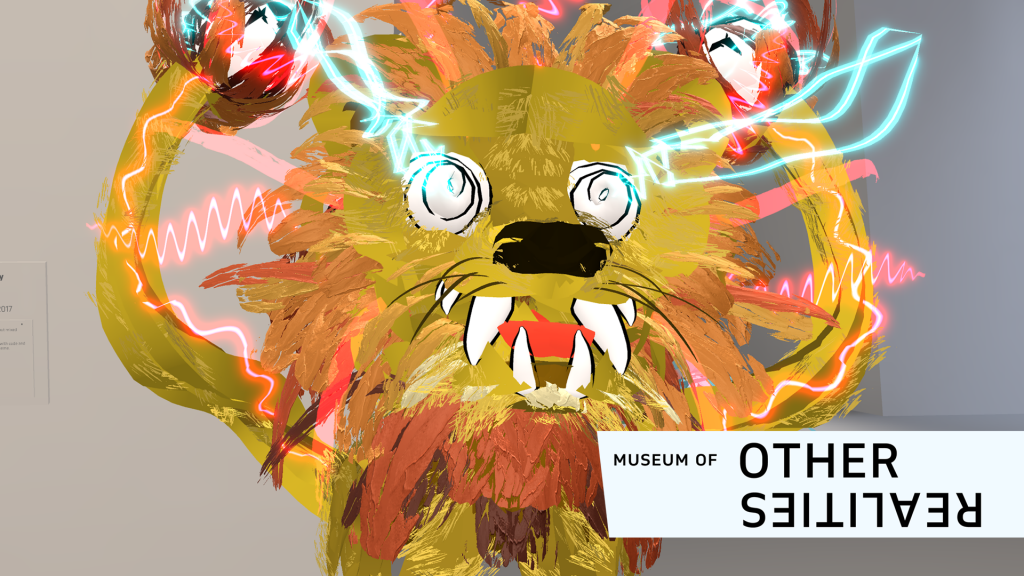
I stayed deeply into Tilt Brush. Some of the early sample art packaged with it was mine. And I’m not – well, I had never considered myself to be an artist. I just found it so incredibly intuitive and easy to use. If you want to draw a line from here to there, you just… move your arm from here to there. Nothing like the frustrations I’d had with traditional 3d modeling software.
I wondered if I could make art assets for a VR game inside VR, and the answer was oh yes you can!
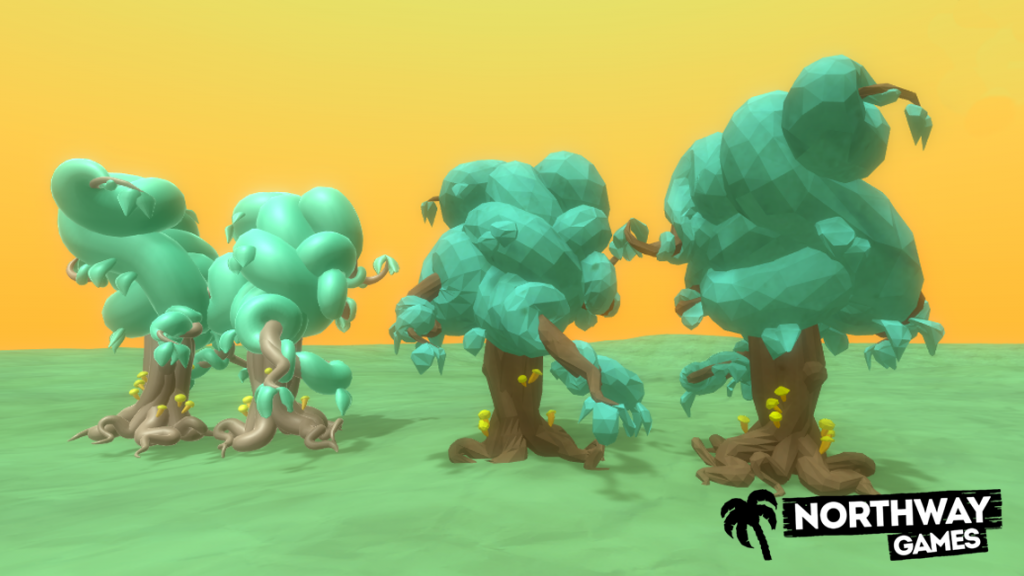
After some experimenting with tools like Medium, Quill, and MasterpieceVR, I discovered Gravity Sketch, and used it to make a little (unreleased) game about gardening on an alien planet. I modeled while sitting cross-legged on my bed, scaling and rotating the object in front of me as I tweaked it, leaning over it to see details, scaling it up to get a sense of how it would feel in the game. The hand motions in Gravity Sketch are so natural, and the basic functions – draw, move, rotate, copy, undo, all mapped to a different button to make creation flow so effortlessly.
I’ve seen the future of 3d modeling, and this is it.
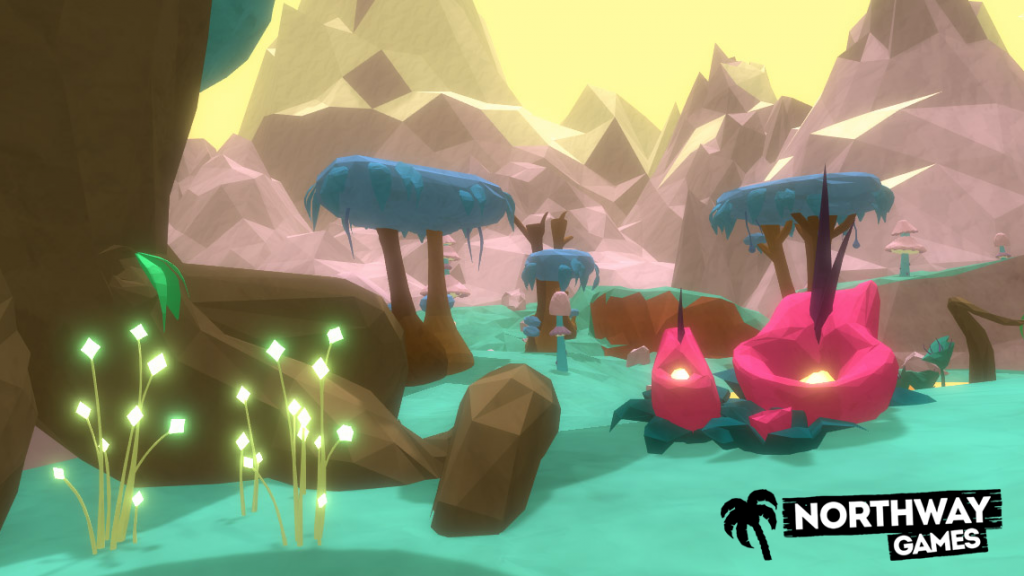
Along the way Colin and I found ourselves in the VR community, and time and again we were intrigued by the incredible art being created. Like Cabbibo’s liquid iridescent creatures made from math, Liz Edward’s paintings which become your whole world when you step into them, or Sean Tann’s interactive rainbow experiments.
VR is a new artistic medium, and the artists experimenting it are wonderfully unbounded in their ideas. We wanted to help connect these artists and share their creations with the world, which is what brought us to create The Museum of Other Realities.

Initially, the MOR was a series of self-enclosed art experiences by a variety of VR-centric artists, joined together via a lobby area with entrances to each one. Entirely digital, the lobby was styled as a traditional brick-and-mortar art gallery with neutral white walls and smaller pieces of art on pedestals.
We thought it’d be neat to make the lobby area multiplayer, so visitors could get that legit museum vibe while watching strangers come and go, or chatting with friends before and after the experiences. The MOR – still in early alpha – began holding monthly “release” parties where all the artists logged on from their respective VR rigs to check out the new exhibit and connect with each other.
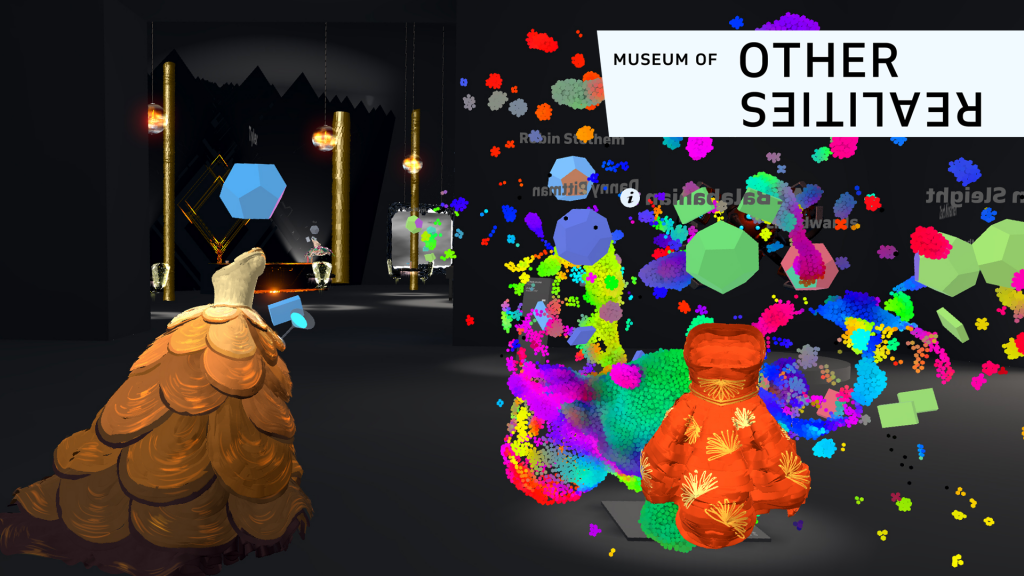
Gradually, the separate experiences fell away and the lobby took over the entire project. Today the MOR (still in alpha) contains nearly 100 works from 30 artists. There are full-room art pieces which move and flow around you, interactive dance halls with ribbons of color, tiny dioramas you can teleport down into, a bar and cocktails you can clink, mysterious floating alien jellyfish, motion captured musicians, photogrammetry villages, wearable dresses, roaring dinosaurs, laughing skeletons, spaceships, and at least a couple Sarah Northway originals, made in Tilt Brush.
I have since moved on to my next thing, but Colin and a growing team are still working on the Museum of Other Realities – beta version now available. If you are a VR artist and want to be involved, please get in touch!


